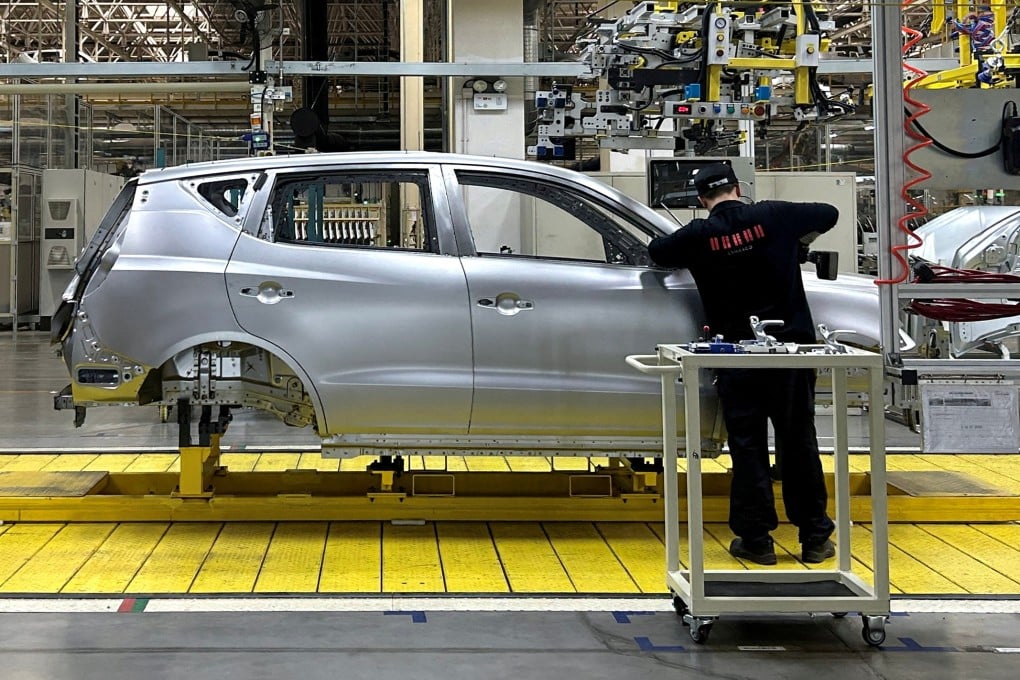Opinion | Is Chinese manufacturing set to follow the path of Japan’s decline?
The shrinking of the sector is both inevitable and irreversible. However, unfortunately for the US, it will not guarantee a domestic revival

From 1985 to 2022, the share of Japanese goods in US imports dropped from 22 per cent to 5 per cent, and Japan’s share of global manufacturing exports declined from 16 per cent to 4 per cent. Moreover, Japan’s share of global manufacturing value added fell sharply, from 22 per cent in 1992 to 5 per cent in 2022. The number of Japanese companies on the Fortune Global 500 list dropped from 149 in 1995 to just 41 today.
China has followed a similar upward trajectory in recent decades, but its manufacturing rise was even more dependent on the US market. Japan’s imports from the United States equalled 51 per cent of its exports to the US in 1978-84, compared to a 23 per cent per cent share for China in 2001-18.
As a result, Chinese household disposable income dropped to 44 per cent of GDP today, with household consumption falling from 53 per cent of GDP to 37 per cent of GDP. In Japan, by contrast, household consumption equals 56 per cent of GDP. One can look at it this way: if wages would normally amount to US$60-US$70, Chinese workers receive only US$44 and have just US$37 of spending power, whereas Japanese workers have US$56 of spending power.

